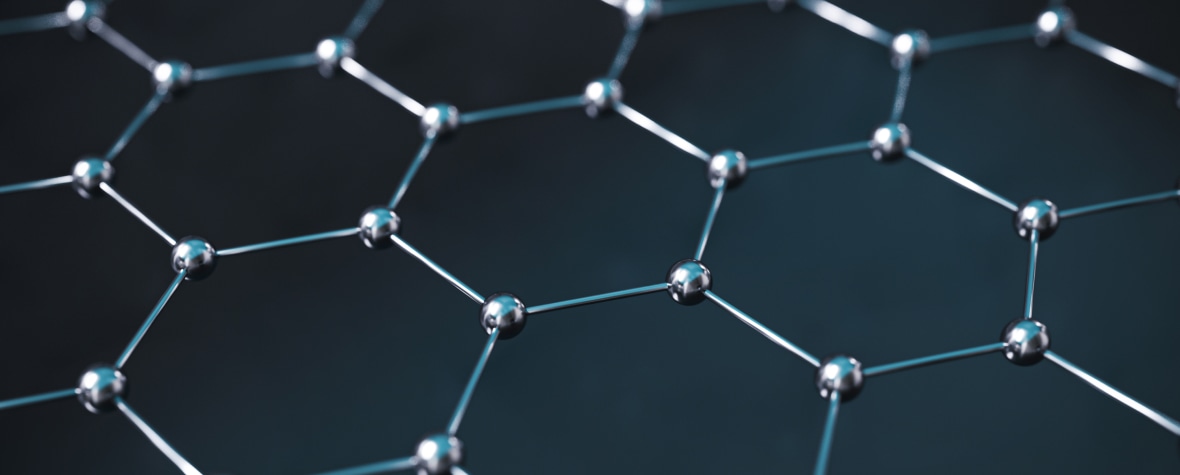
Semiconductor manufacturing relies on essential materials. The key materials include photoresists for defining circuit patterns, thin films for adding functional layers, chemicals for precise etching, and polishing materials. Photoresists define circuit patterns, while thin films provide functionality on semiconductor surfaces. Chemicals help in precise etching by removing unnecessary parts to create intricate structures. Polishing materials ensure that the semiconductor surfaces remain flat and smooth, which is essential for maintaining precision in subsequent manufacturing steps. These materials must exhibit high precision and reliability to ensure the optimal performance and quality of semiconductor devices. Advances in these materials play a crucial role in driving innovation and enhancing competitiveness in the semiconductor industry.

The key trend in next-generation semiconductors is overcoming the ongoing challenges of component miniaturization and scaling down by adopting three-dimensional structuring and introducing new materials. Consequently, current semiconductor processes and materials have limitations in achieving these goals, making the development of new processes and materials essential. Research is underway on advanced patterning, polishing, etching, deposition, and packaging materials through refined chemical reactions.

Recent research suggests that as manufacturing processes advance, relying solely on conventional chemical reaction explanations will be increasingly inadequate for predicting the behavior of newly developed materials. Therefore, there is a pressing need for new methodologies to comprehensively predict the behavior of materials at the atomic, molecular, and bulk levels, and to understand the correlations among them. We are developing materials that aim to improve upon current analytical methods and introduce new approaches to clearly elucidate their behavior. Using simulations and ML techniques, our goal is to develop materials with multifunctional molecular structures that can effectively respond to specific conditions. This approach aims to enable the creation of innovative and enhanced materials for manufacturing processes.